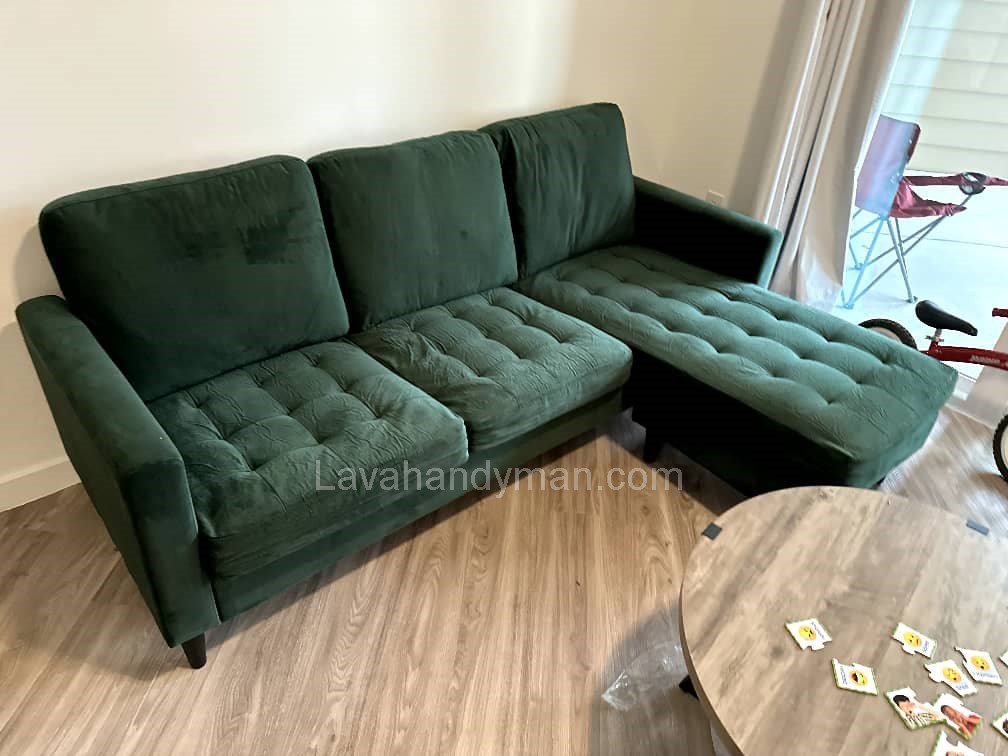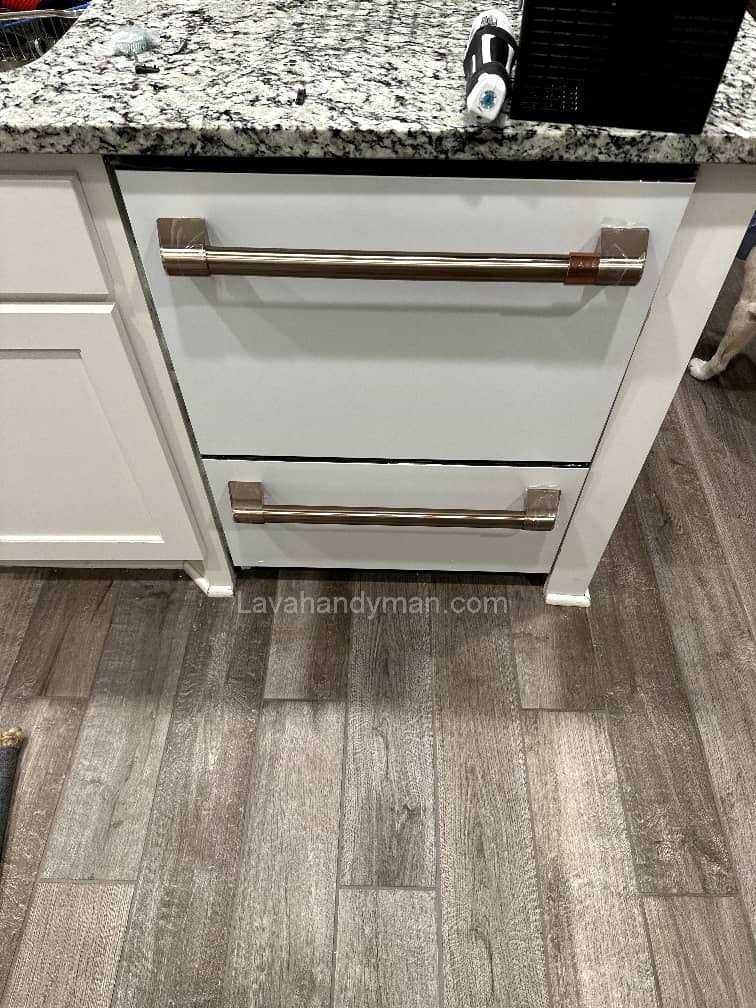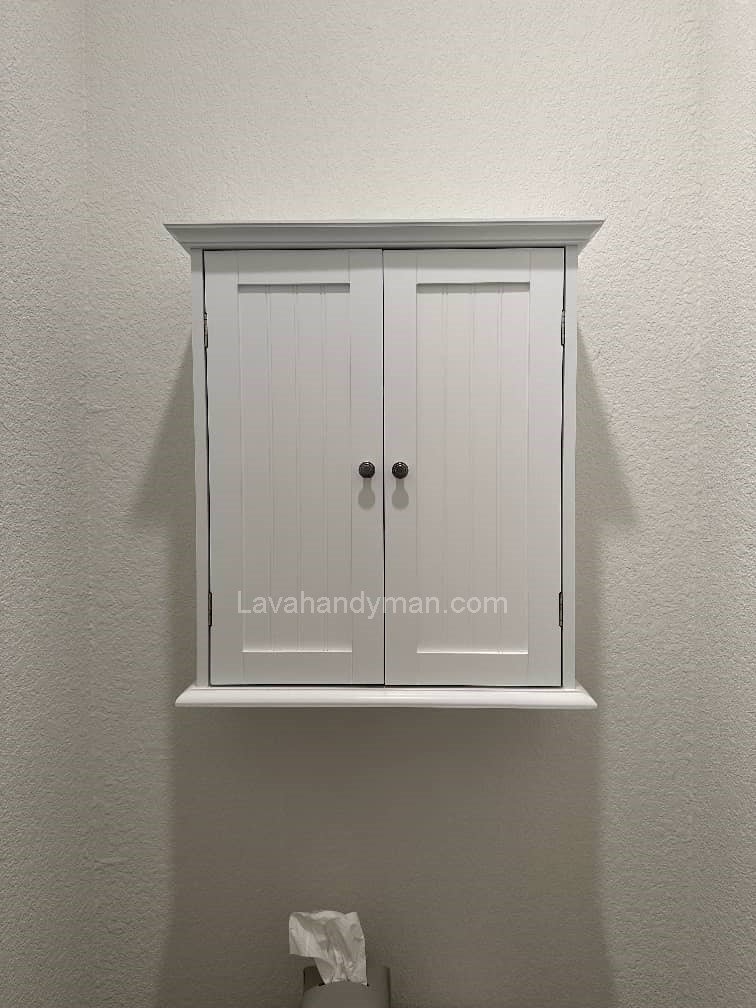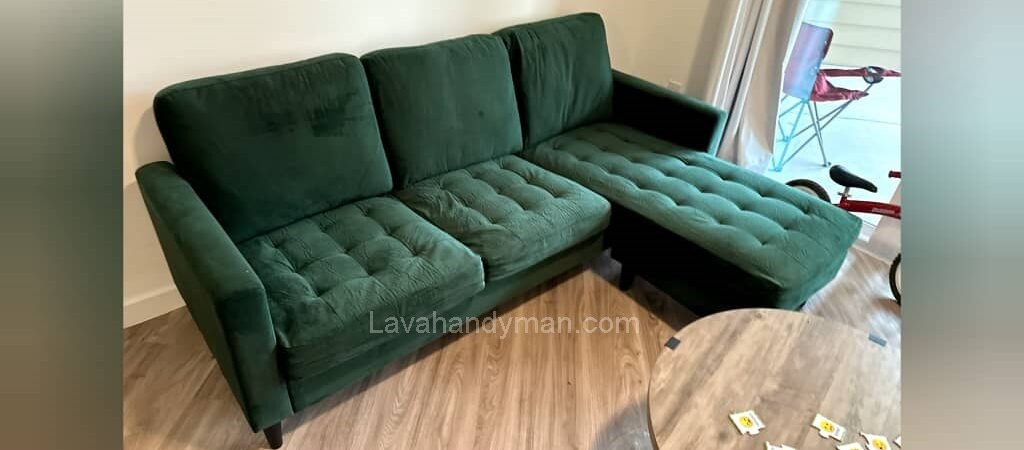Furniture Assembly (Sofa and Table) | Complete Step-by-Step Guide
Introduction: Why Furniture Assembly Matters
Furniture assembly means putting together different parts of a sofa or table to create a functional and stylish piece. Whether you want to install a new sofa at home or set up your dining table, knowing the basics of assembly is crucial.
By learning this skill, you can:
- Save on installation costs,
- Increase the durability of your furniture,
- Avoid issues like wobbling or breakage.

A Brief History of Furniture Assembly
- Ancient Times: Furniture was built as one piece, with no assembly required.
- Middle Ages: Heavy wooden structures were mostly non-movable.
- Renaissance: Wooden joints such as mortise and tenon made it possible to disassemble and reassemble furniture.
- Modern Era: With the Industrial Revolution, furniture parts were produced separately for easier transport. Brands like IKEA popularized the Flat Pack method.
Furniture Assembly (Sofa and Table)
Types of Furniture and Their Assembly Methods
1. Sofas
- Classic or Royal Sofas: Require strong joints and detailed craftsmanship.
- Comfort Sofas: Easier and quicker to assemble.
- Sofa Beds: Include moving parts and metal mechanisms, requiring precision.
2. Tables
- Dining Tables: Typically include a tabletop and legs.
- Coffee Tables: Smaller and lighter.
- Desks/Work Tables: Often come with drawers and more complex fittings.
Furniture Assembly (Sofa and Table)
Essential Tools for Furniture Assembly
For assembling sofas and tables, proper tools are a must. The most common ones are:
- Manual and electric screwdrivers
- Allen wrench (hex key)
- Rubber or plastic mallet
- Measuring tape and level
- Drill (if needed)
- Clamps or metal brackets
Step-by-Step Sofa Assembly Guide
- Unpack and Check Parts: Make sure all components and hardware are included.
- Read the Manual: Each manufacturer has specific instructions.
- Assemble the Main Frame: Attach the body and base.
- Install Armrests and Backrest: Use screws and proper fittings.
- Add Cushions and Foam: For comfort and support.
- Final Check: Ensure the sofa is sturdy and level.
Furniture Assembly (Sofa and Table)
Simple Step-by-Step Table Assembly
- Unpack and separate the parts.
- Attach the legs to the tabletop.
- Add drawers or extra components if available.
- Tighten screws using an Allen wrench or screwdriver.
- Check if the table is stable and level.
Safety Tips for Furniture Assembly
- Always wear gloves and safety glasses.
- Lift heavy parts with another person.
- Do not overtighten screws to avoid wood cracking.
- Work on a flat and stable surface.
Furniture Assembly (Sofa and Table)
Common Problems in Furniture Assembly
- Missing parts or hardware.
- Misaligned holes or fittings.
- Errors in the instruction manual.
- Wood cracking when overtightening screws.
- Uneven table or sofa legs.
Why Proper Furniture Assembly Is Important
Correct assembly ensures:
- Longer furniture lifespan,
- Greater user safety,
- Better aesthetics,
- Reduced repair or replacement costs.
Furniture Assembly (Sofa and Table)
Furniture Assembly in Today’s Industry
Most manufacturers now offer products in separate parts. This has several advantages:
- Lower transportation costs,
- Easier moving,
- Better warehouse storage,
- Direct customer involvement in the process.
The Future of Furniture Assembly
- Use of robots in the assembly process.
- Smart and magnetic joints.
- Designs that require no tools, only a few simple clicks.
Furniture Assembly (Sofa and Table)
Furniture Assembly Tools (Sofa and Table) | Complete Guide to Essential Equipment
Meta Description:
A complete list of furniture assembly tools including sofas and tables; from screwdrivers and Allen wrenches to drills and safety gear. A practical guide for choosing the best sofa and table assembly tools.
Why Choosing the Right Tools for Furniture Assembly Matters
For a smooth and hassle-free furniture assembly, having the right tools is crucial. Proper tools help you:
- Speed up the sofa and table assembly process,
- Prevent damage to furniture parts,
- Ensure a safe and durable assembly.
Furniture Assembly (Sofa and Table)
Basic Tools for Furniture Assembly
1. Manual and Electric Screwdrivers
Used for fastening different screws in sofas and tables. Electric models make the process faster.
2. Allen Wrench (Hex Key)
An essential tool for modern furniture assembly, especially sofas and tables with hex socket screws.
3. Rubber or Plastic Mallet
Helps fit parts together without damaging wood or metal surfaces.
4. Measuring Tape and Level
Ensures that table legs and sofa parts are straight and balanced.
Furniture Assembly (Sofa and Table)
Specialized Tools for Sofa and Table Assembly
1. Drill and Bits
For drilling holes and tightening screws more securely, especially in large tables or office furniture.
2. Adjustable Wrench or Socket Wrench
Used for fastening nuts and metal fittings.
3. Clamps (Metal or Plastic)
Keep furniture parts steady during assembly.
4. Pliers or Needle-Nose Pliers
Helpful for holding, adjusting, or removing small screws and bolts.
Furniture Assembly (Sofa and Table)
Safety Tools for Furniture Assembly
- Work Gloves: Protect hands from cuts or injuries.
- Safety Glasses: Essential when drilling or hammering.
- Blankets or Cardboard Sheets: Prevent scratches on furniture or floors during assembly.
Tools Included in Furniture Packaging
Many manufacturers (like IKEA or local brands) include basic tools such as an Allen wrench or a small screwdriver inside the packaging. This allows users to assemble sofas and tables without needing extra tools.
Furniture Assembly (Sofa and Table)
Step-by-Step Furniture Assembly (Sofa and Table)

1. Preparation Before Furniture Assembly
Before assembling a sofa or table:
- Prepare a clean and flat workspace.
- Unpack and organize all parts and hardware.
- Have essential tools ready: screwdrivers, Allen wrenches, rubber mallet, measuring tape, level, gloves, and safety glasses.
- Review the manufacturer’s manual and check all components against the parts list.
- Ask for help if any parts are heavy.
Furniture Assembly (Sofa and Table)
2. Tools Needed for Furniture Assembly
- Manual and electric screwdrivers for fastening screws.
- Allen wrench (Hex key) for hex socket screws.
- Rubber or plastic mallet to fit parts without damaging surfaces.
- Measuring tape and level for proper alignment.
- Drill and bits for additional holes or tightening if needed.
- Adjustable wrench and clamps for securing parts during assembly.
- Gloves and safety glasses for protection.
3. Step-by-Step Sofa Assembly
Step 1 — Check Parts and Tools
- Ensure all parts, screws, and fittings are available.
- Group similar components and label them.
Step 2 — Assemble the Main Frame
- Place the sofa body and frame on the floor.
- Insert dowels or pins gently and partially tighten screws first.
- After checking alignment, fully tighten all screws.
- Use clamps or a rubber mallet if needed to adjust parts.
Step 3 — Attach Armrests and Backrest
- Install armrests and backrest according to the manual.
- Ensure they are level before tightening screws.
Step 4 — Install Mechanisms (Sofa Bed or Recliner)
- Attach any metal or electric mechanisms as instructed.
- Test the movement several times.
- Connect electrical components safely following the manual.
Step 5 — Install Foam and Cushions
- Place foam padding and fabric covers on the frame.
- Stretch fabric evenly and position cushions correctly.
Step 6 — Final Check
- Inspect all screws and connections.
- Test the sofa for stability and balance.
Furniture Assembly (Sofa and Table)
4. Step-by-Step Table Assembly
Step 1 — Prepare Parts
- Separate tabletop, legs, drawers, and accessories.
- Cover the workspace with a blanket or cardboard to prevent scratches.
Step 2 — Attach Legs
- Secure legs to the tabletop using screws or brackets.
- Partially tighten screws first, then fully secure.
- Use a level to ensure the legs are straight.
Step 3 — Install Drawers or Additional Components
- Mount drawer rails parallel to prevent jamming.
- Lubricate sliding or folding mechanisms if needed.
Step 4 — Level the Table
- Check the tabletop with a level.
- Use pads or shims under the legs if necessary.
Furniture Assembly (Sofa and Table)
5. Safety Tips for Furniture Assembly
- Always wear gloves and safety glasses.
- Lift heavy parts with assistance.
- Do not overtighten screws.
- Work on a stable, flat surface.
6. Common Issues and Solutions
- Misaligned holes: Partially tighten screws and adjust pieces before final tightening.
- Stripped screws: Use the correct screwdriver or replace the screw.
- Cracked wood: Repair small cracks with wood glue.
- Jammed drawers: Check and level rails, apply lubricant.
- Wobbly sofa or table: Check screws and adjust legs with shims or washers.
Furniture Assembly (Sofa and Table)
7. Post-Assembly Maintenance
Install protective pads under legs to protect the floor.
Use anti-tip straps for large sofas.
Recheck screws after one week of use and tighten if necessary.
Avoid placing furniture in high moisture or heat areas.
Furniture Assembly Safety Tips (Sofa and Table) | Complete Guide
1. Use Protective Equipment
- Work Gloves: Protect hands from cuts and scratches while handling parts or using tools.
- Safety Glasses: Shield eyes from wood or metal chips during drilling, hammering, or assembly.
- Appropriate Clothing: Wear comfortable clothes without loose parts to avoid getting caught in tools or moving furniture.
2. Prepare Your Workspace
- Ensure a flat, dry, and stable surface for assembly.
- Provide enough space to move and handle parts safely.
- Cover the floor with blankets or cardboard to prevent scratches on furniture or flooring.
- Keep small parts and hardware away from children and pets.
3. Lifting and Handling Furniture
- Do not lift heavy furniture alone; always ask for assistance.
- Correct lifting technique:
- Slightly bend your knees and lift using your legs, not your back.
- Keep furniture close to your body to reduce strain.
Furniture Assembly (Sofa and Table)
4. Proper Use of Tools
- Use the correct screwdriver or wrench to avoid damaging screws or furniture parts.
- Operate drills at a controlled speed with a steady hand.
- Use a rubber or plastic mallet to assemble parts without damaging wood or metal.
- Do not use electric tools in wet environments or without proper safety precautions.
5. Safety with Moving Mechanisms
- For recliners or sofa beds, install mechanisms carefully.
- Ensure no hands or fingers are in the moving path before testing.
- Install electrical wires and motors according to the manual, preventing any damage.
6. Final Inspection
- Double-check all screws and connections.
- Place furniture on a flat surface and ensure legs are stable.
- Smooth or cover any sharp edges or protruding parts to avoid injuries.
7. Additional Safety Tips
Always follow the manufacturer’s instructions and manuals carefully.
Keep children and pets away from the assembly area.
Store adhesives and chemicals out of children’s reach and use in well-ventilated areas.
Conclusion
Furniture assembly (sofa and table) is a combination of skill, precision, and the right tools. Whether at home or in industry, knowing how to assemble furniture helps you create stronger and more attractive products.
By following the step-by-step instructions and safety tips, you can easily assemble any sofa or table yourself.
📞 Need Help?
Let us take care of the hard work while you sit back and relax.
📍 Serving: Austin, Round Rock, Cedar Park & more
📱 Call or Text: (737) 420-6992
🌐 Visit: https://lavahandyman.com


